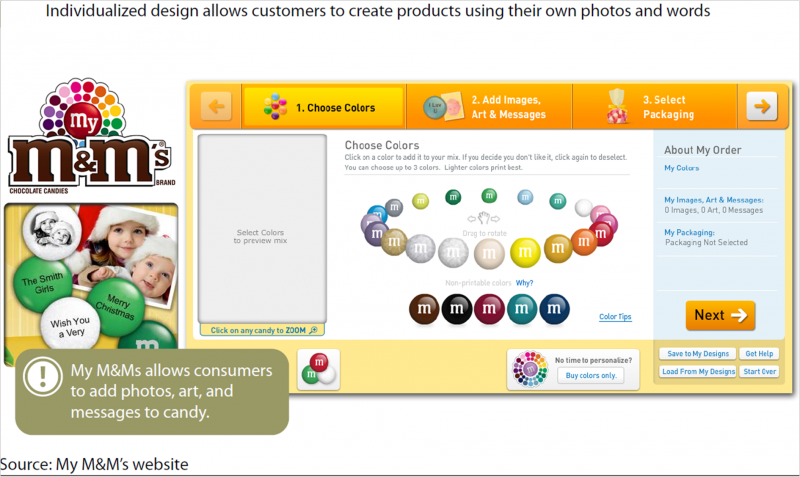Mass Customization Is (Finally) The Future Of Products
Mass customization has been the “next big thing” in product strategy for a very long time. Theorists have been talking about it as the future of products since at least 1970, when Alvin Toffler presaged the concept. Important books from 1992 and 2000 further promoted the idea that mass customization was the future of products.
Yet for years, mass customization has disappointed. Some failures were due to execution: Levi Strauss, which sold customized jeans from 1993-2003, never offered consumers choice over a key product feature – color. In other cases, changing market conditions undermined the business model: Dell, once the most prominent practitioner of mass customization, failed spectacularly, reporting that the model had become “too complex and costly.”
Overall, the “next big thing” has remained an elusive strategy in the real world, keeping product strategists away in droves.
This is all about to change. Forrester’s new report, “Mass Customization Is (Finally) The Future Of Products,” makes the call that it’s finally time for mass customized product strategies. As they have done across consumer markets, digital technologies are the disruptors. Current and emerging digital technologies are turbo-charging mass customization, breathing new life into the product strategy:
- Today’s customer-facing technologies are cheaper and more social. Configurators, which help customers co-design their customized product purchases, are cheaper, better, and more ubiquitous than ever. They can finally be integrated directly into a Facebook site, which will facilitate social sharing and group co-design activities.
- Tomorrow’s customer-facing technologies will be revolutionary. Technologies empowering customers to design their own products will become richer and more plentiful. For example, Microsoft’s Xbox Kinect shows the pathway towards the ultra-configurator: a device that can measure the contours of your body and allow you to use gestural inputs to design products. (I draw pin-stripes on a suit I’m co-designing; I size the steering wheel of a car I’m customizing; etc.) The richer the configuration experience, the more appealing mass customized products will become – and these experiences will indeed be much richer.
- Platforms are promoting discovery, fulfillment, and scale. Back-end systems like supply chain software provider Archetype Solutions offer better production-side IT analytics. And explicit platform providers for products, like Ponoko, Zazzle, or Spreadshirt, are popularizing, syndicating, and empowering an ecosystem of partners to devise their own customized products.
A variety of major brands – like Kraft, Hallmark, M&Ms, Wrigley, Nike, Keds, Ford, and many others – have recently introduced important mass customized product offerings. The time is now for product strategists in all industries to consider adding mass customization – including true build-to-order products – to their product portfolios.

To help product strategists succeed in developing mass customized offerings, Forrester developed a framework, called CURA. (“Cura” is Latin for “care,” and is the root of the word “curator”). This framework – in simplified form – is depicted in this table:

In the future, mass customized product strategies will deliver individual products with rich, pervasive customization. These strategies will embrace a number of characteristics, becoming more: Social, Physical (e.g. Kinect as configurator), Mobile, Intimate (i.e. deeply predictive), Embedded (i.e. moving deeper into product features), Platform-based (e.g. Zazzle), and Co-created. These offerings will drive unprecedented loyalty among customers and create powerful market differentiation for product strategists.
We invite clients to read the full report report, and look forward to your feedback. We’ve also published an article on Mashable, so please check that out as well.
